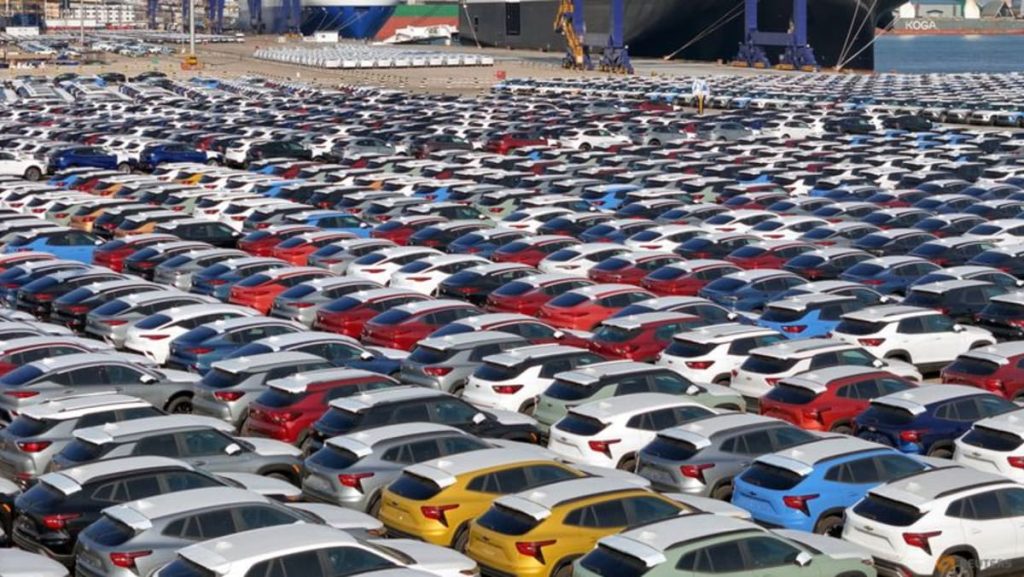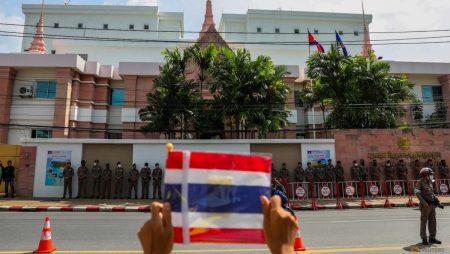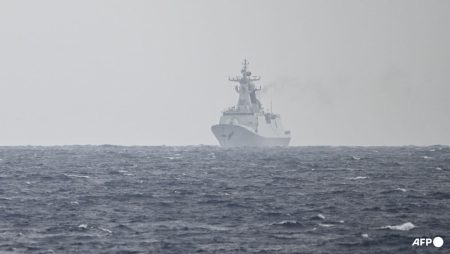China’s export strategy is increasingly focused on Southeast Asia, a trend driven by escalating geopolitical tensions and diminishing demand for Chinese products in Western markets, particularly with the prospect of a second Trump presidency in the United States. This shift presents both opportunities and challenges for Southeast Asian nations, demanding a delicate balancing act and coordinated regional response to navigate the complex economic dynamics.
The surge in Chinese exports to Southeast Asia offers benefits to consumers in the region, who enjoy access to a wider variety of goods at competitive prices. However, this influx poses a significant threat to local industries struggling to compete with the low prices of Chinese products. The resulting pressure on profit margins, factory closures, and job losses has sparked concerns about the long-term economic health of Southeast Asian nations. This situation is further complicated by the varying levels of development and diverse economic needs within the region, making a unified response to the “China export glut” even more challenging.
China’s export sector has become a crucial driver of its economic growth, accounting for approximately 20% of its GDP. This reliance on exports has intensified as the domestic economy grapples with a weakening property market and subdued consumer spending. The country’s export performance in 2024 exceeded expectations, reaching a record high of US$3.47 trillion, solidifying China’s position as the world’s leading trading nation for goods. This export surge, however, is increasingly directed towards Southeast Asia, creating a complex interplay of economic forces within the region.
The intensified focus on Southeast Asian markets is part of China’s broader strategy to diversify its export destinations and reduce its dependence on Western markets. This strategic shift is driven by both economic pragmatism and geopolitical considerations. The ongoing trade disputes and increasing political tensions with the West have prompted China to seek more reliable and stable trading partners, and Southeast Asia, with its growing consumer market and relatively close proximity, presents an attractive alternative. This shift, however, carries significant implications for the region, demanding careful consideration and strategic planning by Southeast Asian nations.
For Southeast Asia, the influx of Chinese exports presents a double-edged sword. While consumers benefit from lower prices and greater product variety, local businesses face increased competition and the risk of displacement. This challenge requires a nuanced approach that balances the benefits of increased trade with the need to protect domestic industries and jobs. Several Southeast Asian countries are exploring countermeasures such as anti-dumping tariffs to mitigate the negative impacts of the Chinese export surge. However, the effectiveness of these measures depends on regional cooperation and a coordinated strategy that addresses the diverse needs and priorities of individual nations.
The complexity of the situation is further compounded by the different levels of economic development and industrial structures across Southeast Asian countries. What may be beneficial for one country might be detrimental to another. For instance, countries with less developed manufacturing sectors might benefit from access to cheaper Chinese goods, while those with more established industries might face greater competition and potential job losses. This underscores the need for a differentiated approach that takes into account the specific circumstances of each country while striving for a collective regional strategy to manage the impact of China’s export-driven growth. Effective coordination and cooperation will be crucial for Southeast Asia to navigate this complex economic landscape and ensure sustainable economic development for all its members. Finding the right balance between leveraging the opportunities presented by increased trade with China and mitigating the potential risks will be a defining challenge for the region in the coming years.










